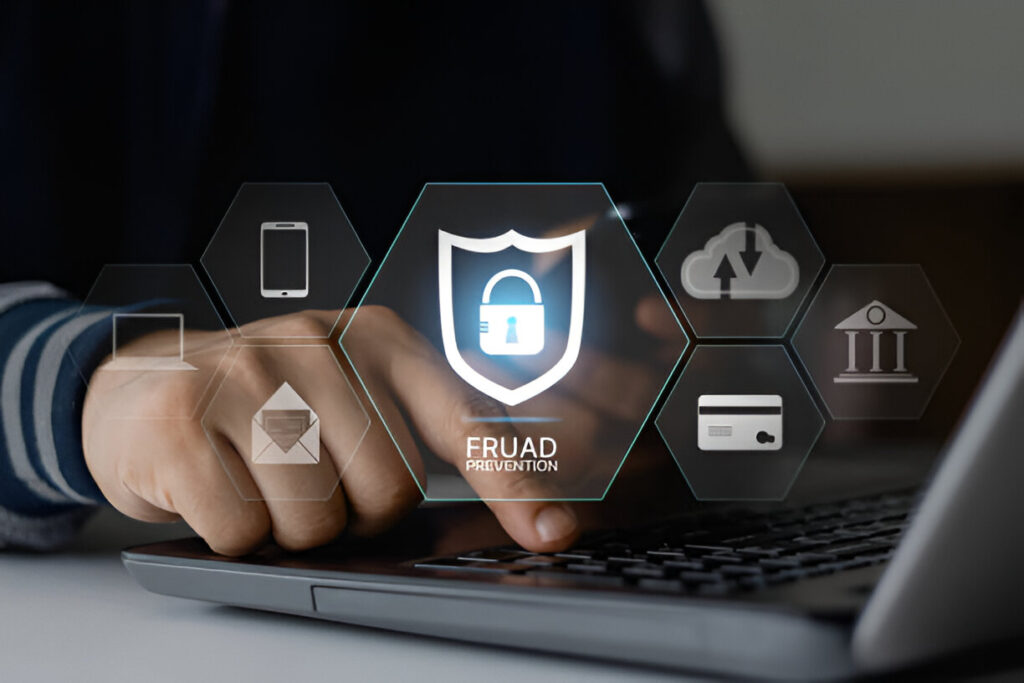Table of Contents
- The Rising Threat of Cybercrime
- Key Strategies for Fraud Prevention
- The Role of Consumer Education
- Legal Frameworks and Regulations
- Collaborations to Combat Fraud
- Real-Life Implications and Case Studies
- Conclusion: Moving Forward in Fraud Prevention
Online fraud has emerged as a danger in the current digital landscape, impacting individuals, companies, and governments. With the rapid expansion of e-commerce, online banking, and digital communications, fraudsters have developed increasingly sophisticated techniques to exploit vulnerabilities. These crimes lead to financial loss, damage reputations, and erode trust in digital platforms.
Organizations need to focus on strong cybersecurity strategies to address these changing threats. A highly effective method includes choosing the right fraud detection software to detect unusual activity and block unauthorized access or transactions. Given the multitude of solutions on the market, choosing software that fits a company’s unique requirements is crucial to uphold a secure online environment and minimize the chances of fraud.
The necessity for proactive fraud protection is growing along with the number of online transactions. Protecting sensitive data and preserving customer trust requires investing in robust technology defenses and keeping up with the latest fraud trends.
The Rising Threat of Cybercrime
The breadth and complexity of cybercrime are constantly growing, making it a serious threat to global digital security. As our dependence on digital platforms grows, so does cybercriminals’ creativity, who always take advantage of new weaknesses and technology. Recent figures on the expansion of cybercrime show the gravity of the crisis, which forecasts an increase in phishing attempts, data breaches, and digital extortion. This dynamic threat necessitates comprehensive and dynamic security solutions to safeguard users and preserve the integrity of digital ecosystems.
Key Strategies for Fraud Prevention
Two-Factor Authentication
A key component of contemporary internet security tactics, two-factor authentication (2FA) provides a strong way to confirm user identities. Asking users to submit two distinct authentication factors—something they have (like a mobile device) and something they know (like a password)- offers additional protection. By doing so, 2FA reduces the likelihood of unauthorized access and effectively mitigates risks associated with compromised credentials. In a world where cyber threats remain ever-present, adopting two-factor authentication can significantly enhance security measures and fortify defenses against malicious actors.
Behavioral Analytics
Behavioral analytics utilizes advanced algorithms to analyze user behavior patterns in real-time, identifying anomalies that may signal fraudulent activity. By scrutinizing data such as typing speed, mouse movements, and geographical locations, this technology enables swift detection and response to potential threats. Deploying behavioral analytics systems can quickly alert organizations to deviations from established norms, allowing immediate investigation and intervention. This preventive strategy minimizes the likelihood of fraud and strengthens overall security by identifying potential threats before developing into serious problems.
Machine Learning Algorithms
Integrating machine learning algorithms into fraud prevention strategies has transformed the capability to detect and address potential threats with unmatched precision. These algorithms are trained using extensive datasets, which allows them to identify intricate patterns and anomalies that signal fraudulent activities. By continuously learning and evolving, machine learning models can remain ahead of the shifting landscape of cyber threats, equipping businesses with advanced tools to safeguard their digital assets. Employing machine learning in fraud prevention provides a sophisticated and adaptable solution to the difficulties presented by persistent cyber criminals.
The Role of Consumer Education
Empowering consumers with information is a crucial component of successful fraud prevention. By informing individuals about possible dangers and recommended practices, organizations can significantly improve the security readiness of their user community. Efforts such as public education campaigns and training programs can provide consumers with the knowledge to identify phishing scams, develop strong passwords, and protect their data. Knowledgeable consumers are more capable of managing the intricacies of the digital environment, acting as proactive participants in their own safety and essential allies in the battle against internet fraud.
Legal Frameworks and Regulations
Strong legal frameworks are vital for creating a safe and reliable digital landscape. Regulations like the General Data Protection Regulation set strict guidelines for collecting, processing, and storing personal data. These legal requirements safeguard consumers by ensuring responsible data management and require organizations to emphasize data security and transparency. By encouraging a culture of accountability and honesty, regulatory frameworks are essential in building trust and reducing the risks linked to online fraud.
Collaborations to Combat Fraud
Tackling online fraud requires a collaborative approach that brings together different industries, government agencies, and technology companies. Through partnerships and exchanging knowledge, stakeholders can pool their resources and expertise to develop comprehensive strategies that address the various challenges posed by cyber threats. Such collaborations can foster innovation, strengthen cybersecurity practices, and build a more robust digital environment through joint efforts. Cooperation and coordination are vital in the battle against fraud to keep pace with cybercriminals’ increasingly advanced tactics.
Real-Life Implications and Case Studies
Examining real-life case studies provides valuable insights into the practical application of fraud prevention strategies. These examples highlight successful implementations of advanced technologies and underscore the importance of a proactive and informed approach to tackling cyber threats. By learning from past successes and challenges, organizations can refine their strategies, develop more effective solutions, and better prepare for future threats. Case studies testify to the power of innovation and vigilance in safeguarding digital environments from the ever-present danger of online fraud.
Conclusion: Moving Forward in Fraud Prevention
The digital environment is in a state of constant change, which also affects the tactics used by cybercriminals to exploit weaknesses. We must stay flexible, innovate continuously, and incorporate advanced technologies into our security systems to defend against these threats. We can establish a safe and trustworthy digital environment by embracing a holistic strategy that encompasses consumer education, adherence to regulations, and cross-sector collaboration. Awareness, preparedness, and creativity are essential elements of successful fraud prevention, protecting both individuals and the integrity of our interconnected world in the face of emerging challenges.



